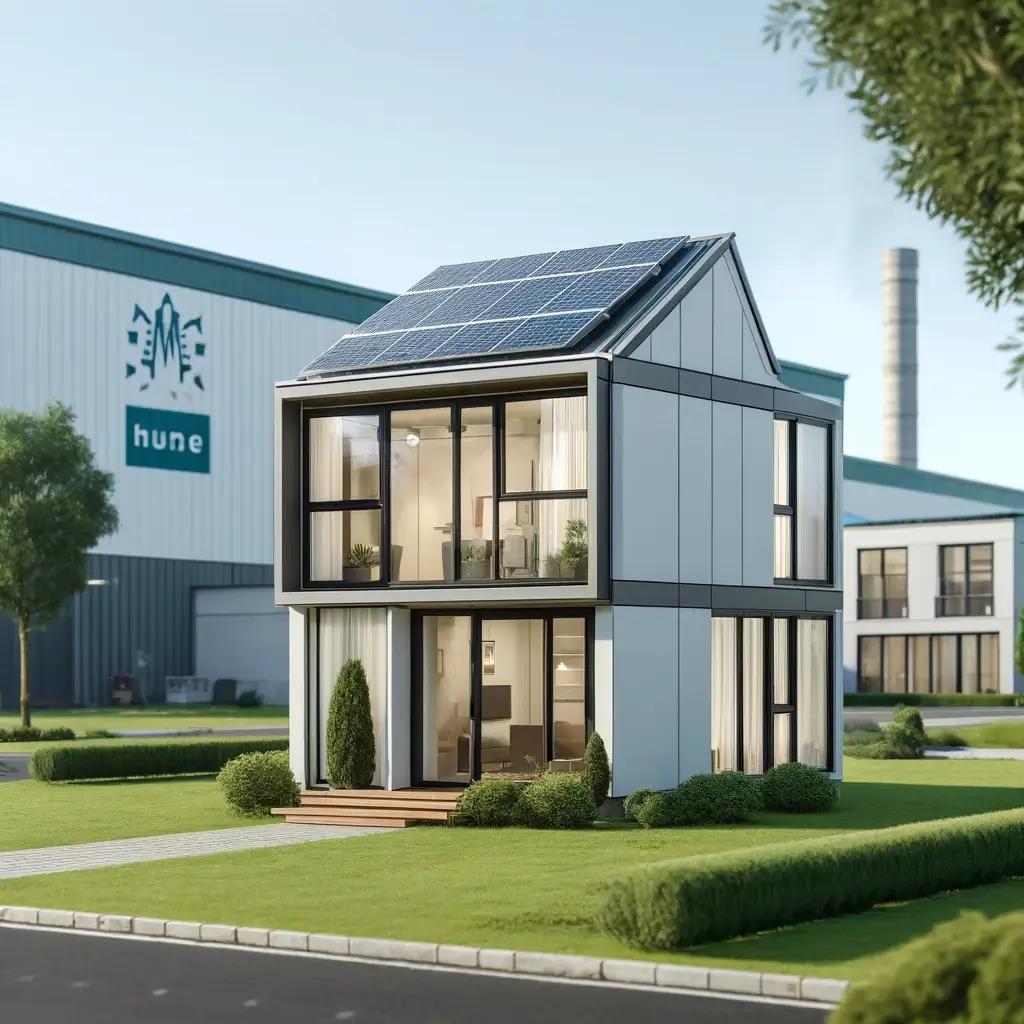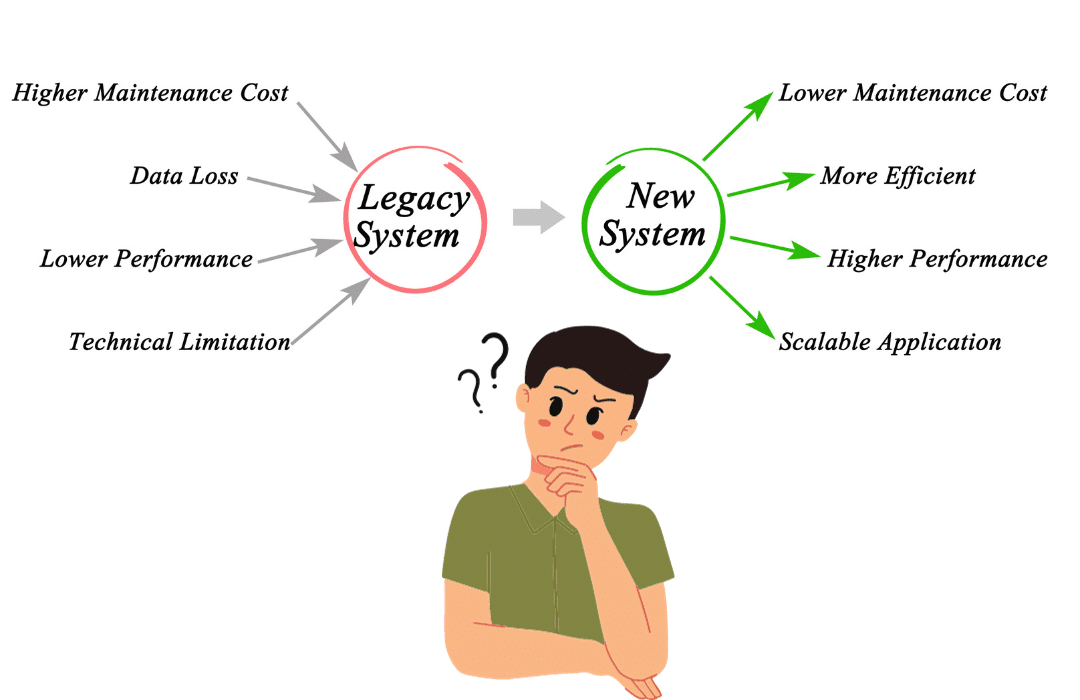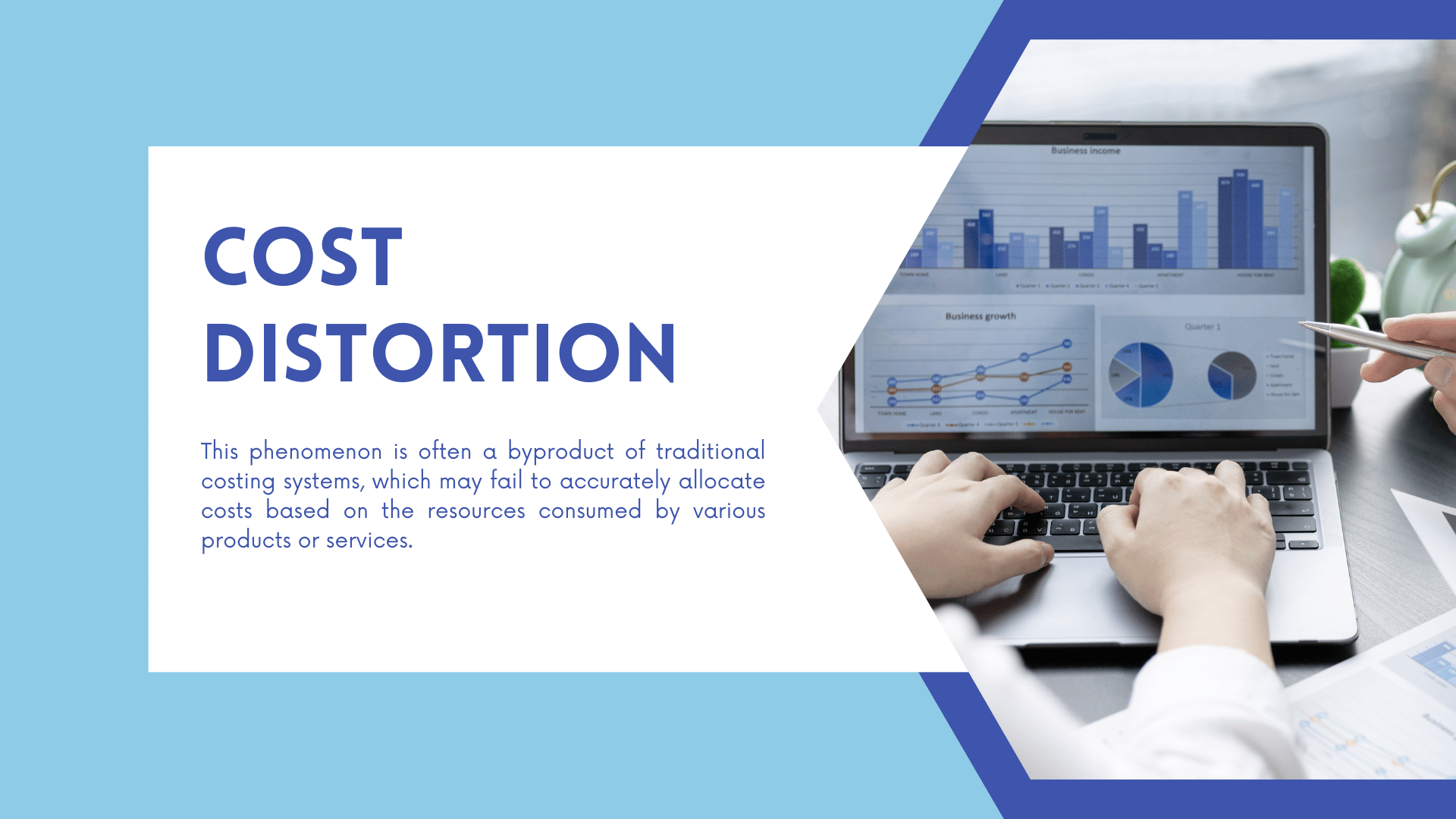Virtual Reality (VR) and Augmented Reality (AR) are two of the most cutting-edge technologies in today’s business world. Both virtual and augmented reality offers powerful tools for manufacturing.
From virtual process simulations to virtual showrooms that allow customers to view products in real-time, and this is just the tip of the iceberg. Before we deep dive into all the things VR and AR can do in manufacturing, let’s look into some quick definitions.
What is Virtual Reality?
Virtual Reality (VR) is an immersive experience that is created by the use of virtual elements such as 3D graphics, sound, and sometimes haptic feedback. It enables people to explore virtual environments that are generated using computer programming — making it possible for users to interact with virtual objects in these virtual environments.
What is Augmented Reality?
Augmented reality (AR) expands on the concept of virtual reality by adding digital elements into a real-world environment. AR allows users to view virtual objects superimposed onto their physical surroundings and interact with them in real-time away. This technology can be used in a variety of applications, ranging from gaming to manufacturing.
How Do Businesses Use Virtual Reality and Augmented Reality in Manufacturing?
Virtual and augmented reality can be used to create virtual models of products that are more realistic than traditional 3D models. This is especially useful for engineering, design, and manufacturing processes, as it enables users to interact with virtual prototypes in a lifelike manner before they move into production.
VR and AR also make it easier to assess the ergonomics of manufactured items and make adjustments in virtual environments before production begins. In addition, virtual spaces can provide workers with an immersive learning experience, such as virtual tours of factories or virtual demonstrations of how to operate machinery.
By leveraging virtual reality in manufacturing and augmented reality technology, businesses can save time and money while ensuring better quality products.
Let’s check out some specific sectors where VR and AR are used in the manufacturing world
Augmented Reality in Logistics
The logistics industry is taking full advantage of augmented reality and smart glasses. Companies like DHL are utilizing augmented reality to increase efficiency, accuracy, and safety in the warehouse environment.
Smart glasses provide augmented reality overlays that help workers locate specific items quickly while reducing errors associated with manual processes. Additionally, augmented reality can be used to monitor the performance of equipment and identify any issues that need to be addressed.
This helps streamline the process even further with fewer delays or disruptions. By using augmented reality, DHL has been able to reduce order-picking times by up to 25%.
Virtual Reality in the Health and Safety Department
Manufacturing businesses can also benefit from virtual reality in their health and safety departments. Virtual simulations allow employees to safely practice hazardous tasks or navigate complex operations without being at risk.
This is especially useful for companies that have a large number of new hires that need to be trained quickly and efficiently, as virtual simulations allow them to learn in a safe environment before attempting it in real life. Additionally, virtual reality in manufacturing facilities can be used to simulate emergency scenarios so workers are better prepared for any potential dangers they may face on the job.
Finally, virtual reality has been used to create virtual escape routes from dangerous situations, allowing workers to escape quickly and easily when needed. By leveraging virtual reality technology in these areas, manufacturing businesses can increase worker safety and efficiency while reducing risks associated with the manufacturing process.
Virtual Reality and Augmented Reality for Maintenance
VR and AR systems are also gaining traction in the equipment maintenance sector. The technology can be used to create interactive simulations of equipment components, allowing technicians to practice troubleshooting and reparation tasks before attempting them in real life, as well as understanding how different parts interact with each other.In addition, virtual reality can be used to simulate emergency scenarios so workers are better prepared for any potential dangers they may face on the job.
Finally, by leveraging virtual reality technology in these areas, equipment maintenance businesses can increase worker safety and efficiency while reducing risks associated with equipment repair processes. With this technology proving its value in equipment repair, more companies are investing in Virtual Reality and Augmented Reality solutions to help improve their equipment maintenance capabilities.
Assembly Line Workers Training with VR and AR
AR technology and VR technology can effectively train assembly line workers. Virtual reality can provide a realistic simulation of assembly lines, allowing employees to practice and re-practice tasks without risking harm or property damage.
Additionally, augmented reality can be used to provide workers with step-by-step instructions on the assembly line process and equipment operation through smart AR glasses. AR solutions can also be used to indicate potential safety hazards while helping them understand more complex processes.
Virtual and augmented reality technologies are proving their value in the manufacturing industry, as they provide a cost-effective way to improve employee in such training and increase operational efficiency.
Designing Factory Floor Planning
VR technology can also be used for factory floor planning. Virtual reality simulation allows designers to test out different designs in a virtual environment before committing resources to physical construction. It is much easier and more cost-effective to model a layout in a virtual environment than it is to physically construct it and make adjustments afterward if necessary.
Virtual reality simulations can help designers figure out optimal production processes, the best placement of equipment, ergonomic workflows, safety distances, safe machine-human interactions, and many other aspects that come into play during the planning process. Virtual reality provides an immersive experience that makes it easier for teams to visualize their plans for the factory layout and make valuable decisions about improvements or changes early on in the process.
This helps save time and money by avoiding costly mistakes and lengthy reworks. Virtual reality has also been used to construct digital twins which can provide real-time information about the factory, its processes, and changes in the environment. Virtual reality has become an invaluable tool for designing factory layouts and creating a more efficient, safe, and productive working environment.
Product Development and Improvement
Product development and improvement are a critical part of the manufacturing industry, and Virtual Reality has become an invaluable tool in achieving these goals. Virtual reality can be used to create simulations of real-world environments that allow product designers and engineers to visualize their designs before they are built.
It also enables teams to test their designs in a risk-free environment and make necessary changes or improvements even before production begins. It helps save time and money by avoiding costly mistakes and lengthy reworks.
Virtual reality has revolutionized Product Development and Improvement within the manufacturing sector, providing invaluable insights into how products can be manufactured faster, better, safer, and cheaper.
Can AR and VR Help Fight the Worker Shortage crisis?
AR applications and VR applications can be used as tools to increase employee retention. AR allows employees to work remotely in virtual environments and provides them with real-time feedback on their work performance, which is deeply appreciated by employees.
This also helps bridge the gap between remote workers and those who are physically present at the workplace. Also, by aiding in better training and development of staff members, AR can help you get the most out of your employees and sometimes even engage candidates with no experience in your business activities.
VR can help reduce physical strain by allowing workers to interact with 3D objects from a distance, reducing fatigue associated with manual tasks. Virtual Reality can also create more engaging working environments that motivate workers to perform their best.
Conclusion
Virtual reality applications and augmented reality have the potential to revolutionize the manufacturing industry. Many Pilot projects with VR in manufacturing have been done in different industries and have proven to be successful. With their immersive environment and superimposed capabilities in real-life environments, virtual and augmented reality can improve greatly the sometimes harsh reality in the manufacturing world.
All in all, virtual reality and augmented reality are set to disrupt manufacturing operations positively, allowing businesses to reap great returns from their investments.








